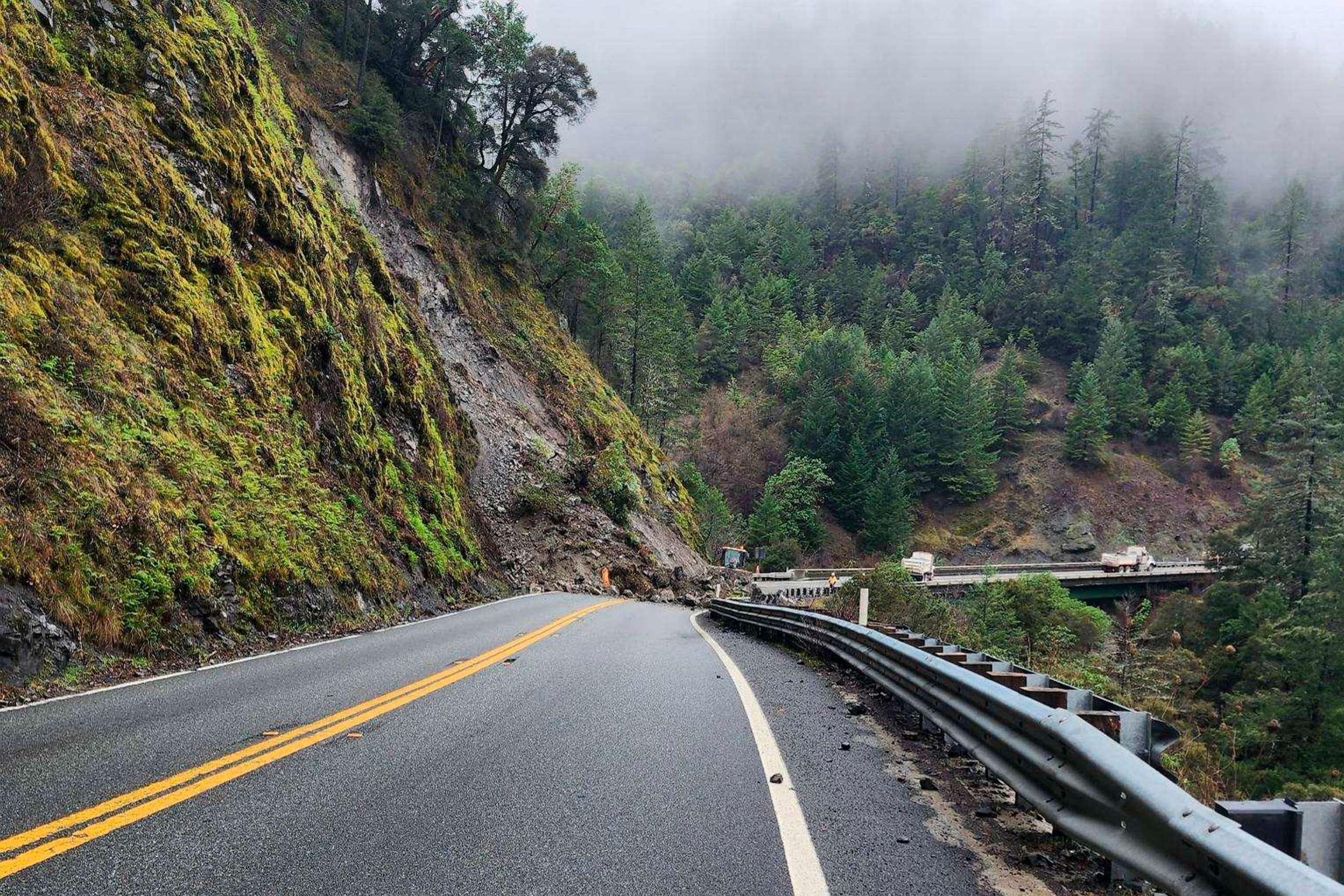What are atmospheric rivers? How climate change impacts the storms they produce
The recent moisture in the West is in stark contrast to the megadrought.
California has been experiencing a weather whiplash in the form of extreme floods that contrast a decadeslong megadrought that has plagued the region, and climate change may be to blame, environmental experts said.
Officials warned in early December that drought conditions were prompting mandatory water restrictions across the West Coast. But by the end of the month, major storms delivered record rainfall and intense flash flooding that killed one person in northern California.
The most recent storms pummeling northern California, called atmospheric rivers, are essentially rivers in the sky that collect moisture from tropical areas and redistribute the water to other latitudes. Atmospheric rivers can be up to 350 miles wide and up to 1,600 miles long and have been known to carry up to 15-times the amount of water of the Mississippi River.
Atmospheric rivers occur frequently around the globe, but they cause 80% of flood damage at an average estimated cost of $1.1-billion annually on the West Coast of the U.S. As climate change continues, these storms are expected to get worse, experts said.

As climate change warms the earth's atmosphere, water from oceans, lakes, and streams evaporate. This increased moisture in the air then feeds atmospheric rivers to grow longer, wetter, and more intense in a warming planet, according to scientists.
"Given the changes that have already happened in the climate, we will see an increase in intensity in atmospheric rivers over the coming decades," Tom Corringham, a research economist at the University of California San Diego's Scripps Institute of Oceanography, told ABC News.
Corringham has studied the impact of climate change on atmospheric rivers and predicts the areas affected by these streams of moisture will shift north.
"We expect to see increased damages because of atmospheric rivers and climate change and some of those areas include the Sierra Nevada Mountains, Northern California, and Southern Oregon," he said.

In August 2022, Corringham co-authored a study that examined the economic damage atmospheric rivers could cost the West Coast in a warmer world. Models predict flood damage could increase anywhere from $1 billion to $3.2 billion by 2090 if climate change is not curbed.
"Whatever we do, we will see an increase in intensity and damage from atmospheric rivers in the future," Corringham said. "But if we limit greenhouse gas emissions we should be able to improve future outcomes."
The recent uptick in moisture as a result of the atmospheric river could present a welcome opportunity to catch up on some of the rainfall the West so desperately needs to refill its reservoirs.
"Given the current state of the drought, the rain that is falling is rain we're capturing in reservoirs," Corringham said. "That's the positive side of atmospheric rivers."
ABC News' Meredith Deliso and Julia Jacobo contributed to this report.




